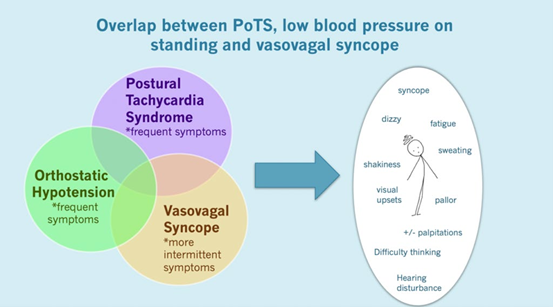KO is admitted with severe dehydration and electrolyte unbalances. What assessment findings are you most likely to find initially before fluid balance reaches homeostasis?
Crackles to Bilateral lobes
Tenting skin and wet mucous membranes
C Tachycardia and hypotension
+4 edema to bilateral lower extremities and confusion
The Correct Answer is C
Dehydration can cause a decrease in blood volume, leading to a drop in blood pressure (hypotension) and an increase in heart rate (tachycardia) as the body tries to compensate. Tenting skin and dry mucous membranes are also signs of dehydration, but wet mucous membranes are not. Crackles in the lungs, edema, and confusion can occur with fluid overload, but not with dehydration.

Nursing Test Bank
Naxlex Comprehensive Predictor Exams
Related Questions
Correct Answer is D
Explanation
Sitting the patient up and encouraging deep breathing can help improve oxygenation and increase the pulse oximetry reading. This is a non-invasive intervention that can be implemented immediately to help improve the patient’s oxygen levels.
Correct Answer is B
Explanation
Fluid retention is a common complication in heart failure, and monitoring the client's fluid status is crucial to manage the condition effectively. Daily weights are an essential component of monitoring fluid status and are the most sensitive and practical method to detect changes in the client's fluid status. Weight gain is a reliable indicator of fluid retention, and even small increases in weight can indicate the need for changes in the client's treatment plan.
Although electrolyte monitoring (option a), output measurements (option c), and daily BUN and serum creatinine monitoring (option d) can provide valuable information about the client's fluid status, they are not as sensitive or practical as daily weights. Electrolyte monitoring can help detect changes in fluid balance, but it does not provide a direct indication of fluid status. Output measurements can indicate fluid loss, but they do not provide an accurate assessment of fluid retention. BUN and serum creatinine monitoring can detect changes in renal function, but they are not specific to fluid status.
Whether you are a student looking to ace your exams or a practicing nurse seeking to enhance your expertise , our nursing education contents will empower you with the confidence and competence to make a difference in the lives of patients and become a respected leader in the healthcare field.
Visit Naxlex, invest in your future and unlock endless possibilities with our unparalleled nursing education contents today
Report Wrong Answer on the Current Question
Do you disagree with the answer? If yes, what is your expected answer? Explain.
Kindly be descriptive with the issue you are facing.
